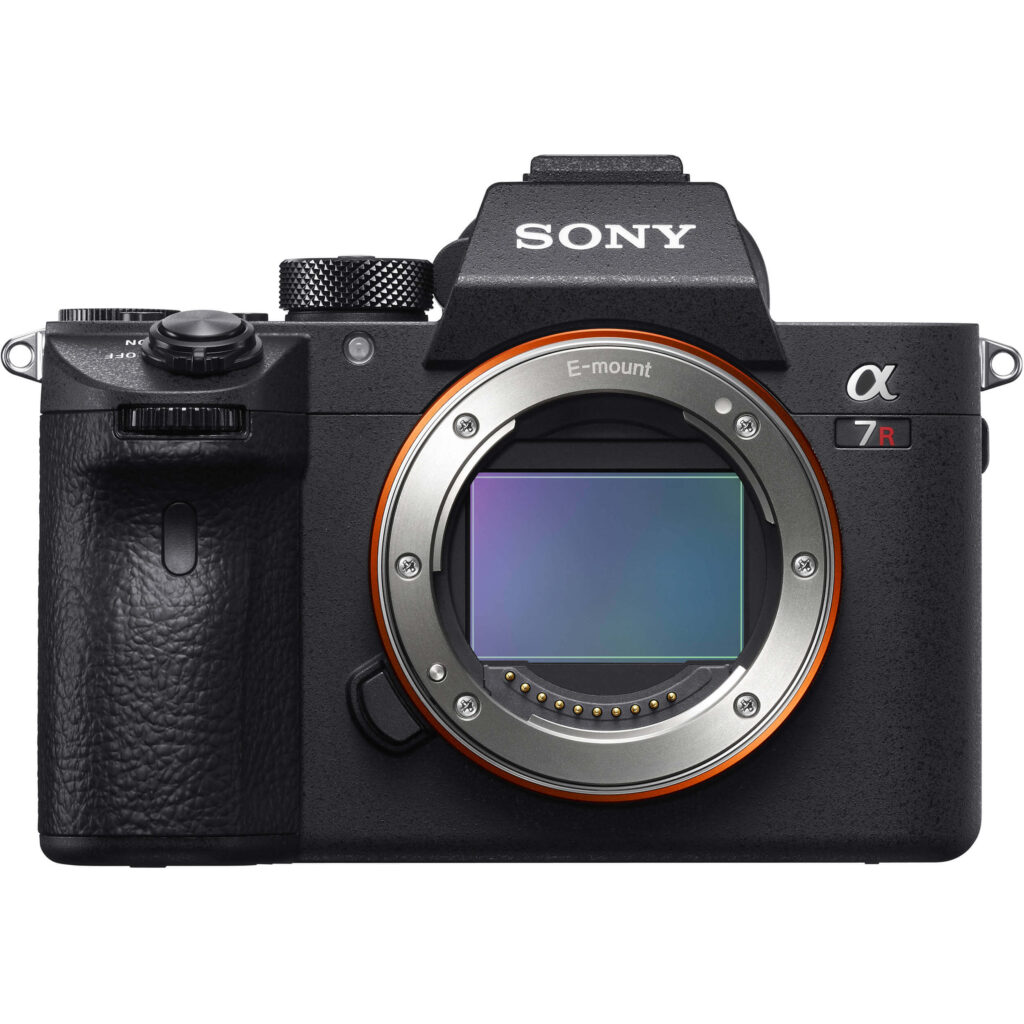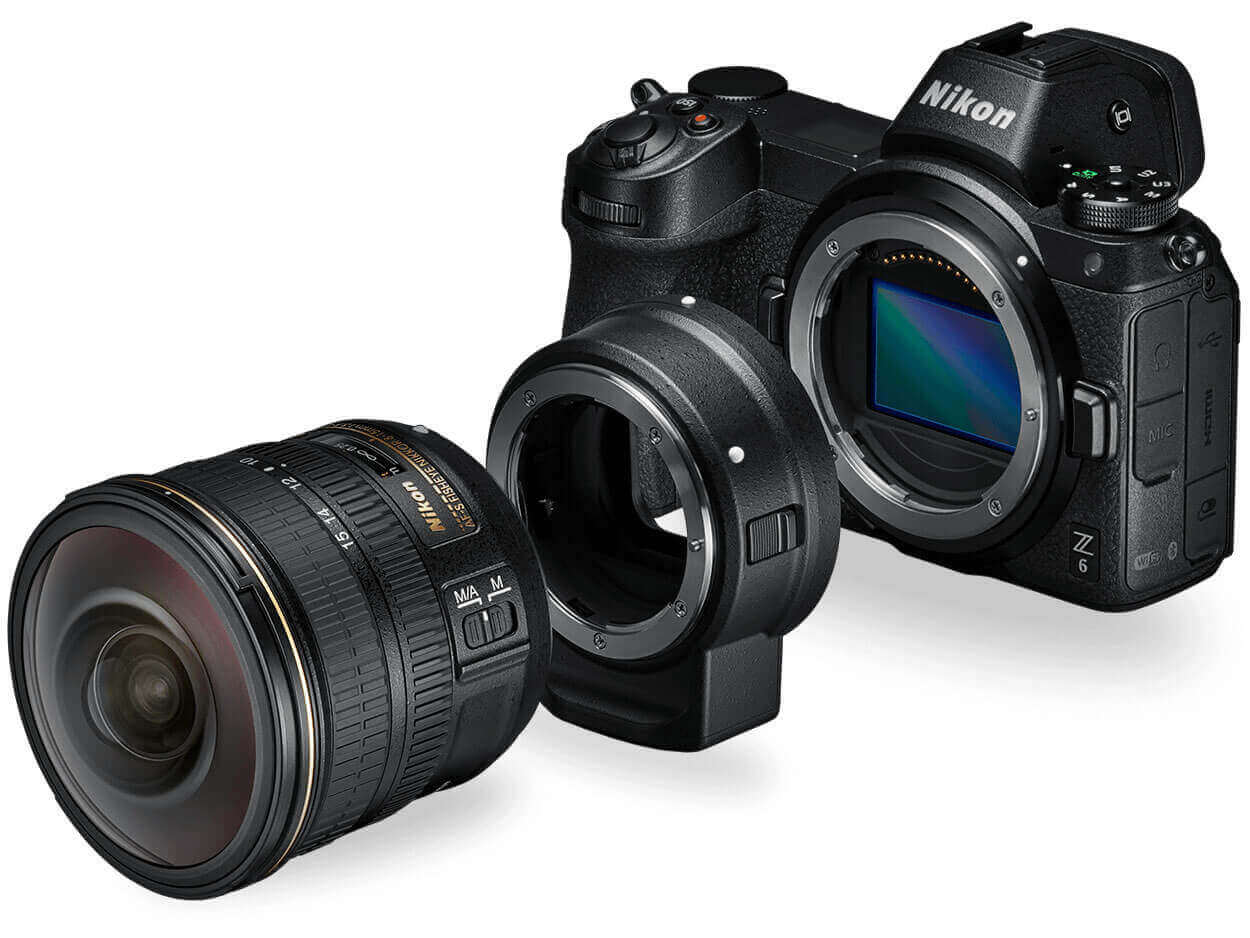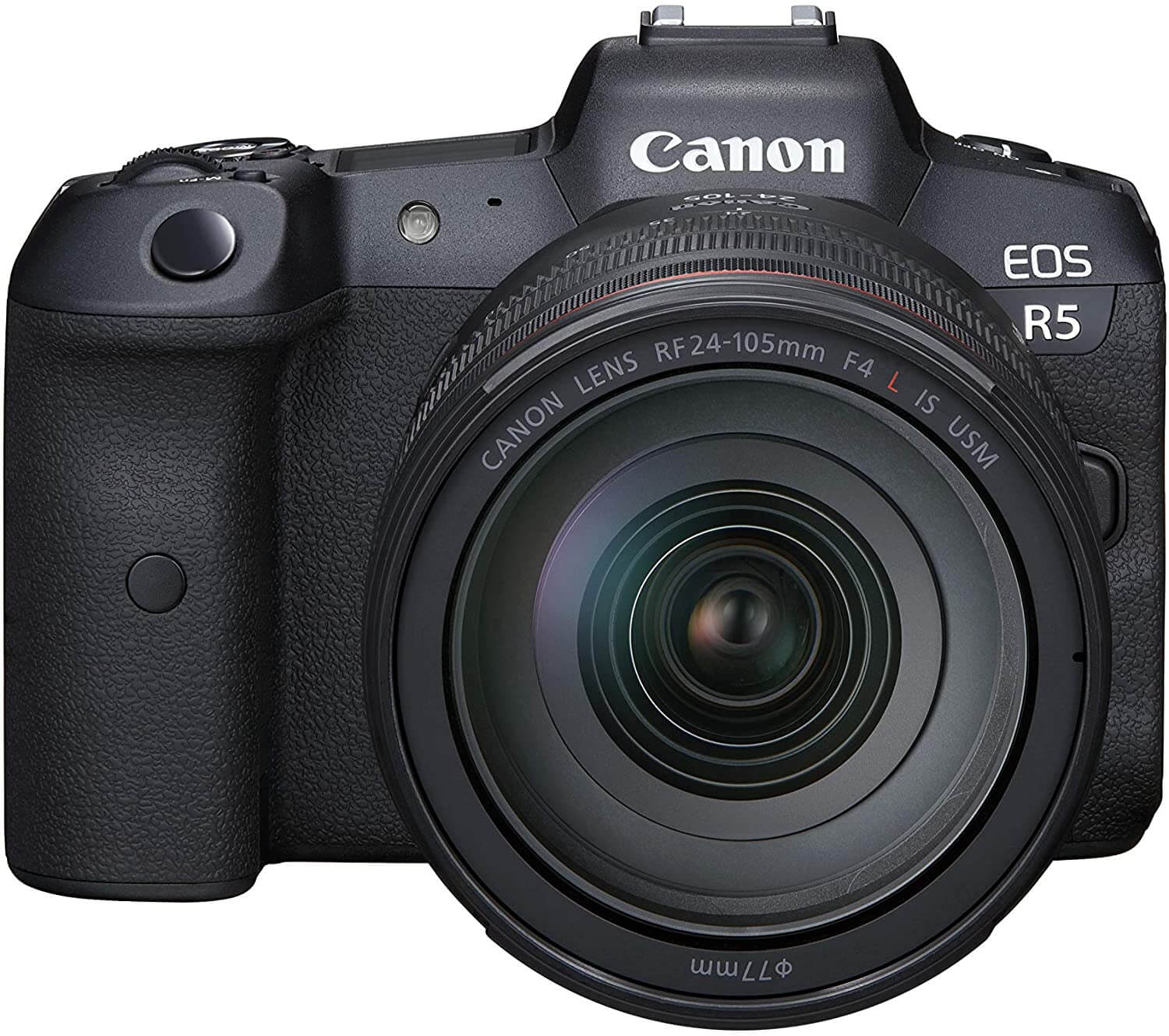
- #Best frame camera for landscape upgrade#
- #Best frame camera for landscape professional#
- #Best frame camera for landscape free#
Lenses are also cropped in 2x as much as they are on full-frame, meaning a 50mm lens on micro 4/3rds is equivalent to a 100mm lens on full-frame.īut, these sensors are much cheaper, and the cameras that use them are incredibly capable machines. That means Micro 4/3rds sensors capture half as much light, produce more noise, and are only able to create half as much blur as a full-frame camera with an equivalent lens and aperture.


Micro 4/3rds: big features come in small packagesĪ micro 4/3rds sensor is approximately half the size of a full-frame sensor. small format, Micro 4/3rds cameras are packed with features that make them perfect for vloggers and videographers.
#Best frame camera for landscape free#
If you have any questions about crop factor, feel free to leave them in the comments below. So a 50mm lens with an f/1.8 aperture on a 1.5x APS-C camera will produce the same blur and depth of field as a 75mm lens with an f/2.7 aperture on full-frame. The crop factor also applies to the aperture of a lens. But on Micro 4/3rds, that same 24mm lens will look like 50mm on a full-frame body, because that sensor has a 2x crop factor. So a 24mm lens on an APS-C sensor with a 1.5x or 1.6x crop factor will have roughly the same field of view as a 35mm lens on a full-frame sensor. This calculation is the same no matter which lens format you’re using, but how much of the light is captured won’t be.Ī smaller sensor will capture less field of view than a larger sensor. Focal length is calculated by how far away from the sensor the light converges, or flips. Lens terms are standardized across formats, but they don’t respond the same way exactly. If you already know what a crop factor is, then skip to the next section.Ĭrop factor is a term used to compare lenses between sensor sizes. The term crop factor gets thrown around a lot after this section, so this is the best place to discuss what that term means. *Sensor sizes in this illustration are approximate. As you can see, a 35mm format sensor (marked in green) can capture more light than APS-C (red) and Micro 4/3rds (blue). A 50mm focal length lens will produce images with a field of view that varies, depending on the size of the sensor in the camera. An illustration of why and how crop factor happens.
#Best frame camera for landscape upgrade#
įor now, if you’re looking to purchase your first camera, or upgrade to a new system, here’s my breakdown of each of the sensor size benefits and drawbacks.

#Best frame camera for landscape professional#
Here’s an article I wrote earlier on getting professional results with an entry-level camera. And, while landscape photography loves large sensors with incredible dynamic range and megapixels, the truth is it’s easy to get the same result using a smaller sensor. And for videography, or wildlife, sports, and other types of photography, they will perform far better than a full-frame camera in a similar price range. At least, if speed and video are necessary for your style of photography. In fact, some of the fullest-featured cameras use these smaller sensors, and on many levels, they easily compete with top-of-the-line full-frame cameras.

It’s a reasonable question, especially when the vast majority of professional photographers are using full-frame cameras like the Nikon D850, Canon 5D Mk IV, and other similar cameras.īut that doesn’t mean that there isn’t a lot of value in using APS-C, or even Micro 4/3rds sensors. One of the biggest questions that new photographers ask when they’re purchasing a new camera is if they should spend the extra money and get a full-frame camera.


 0 kommentar(er)
0 kommentar(er)
